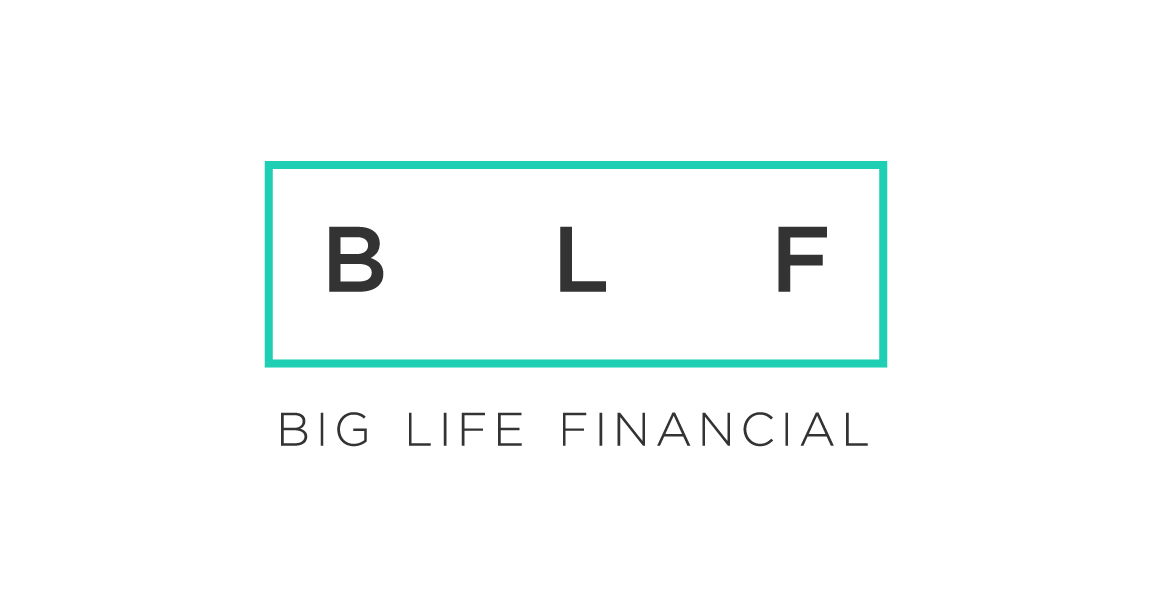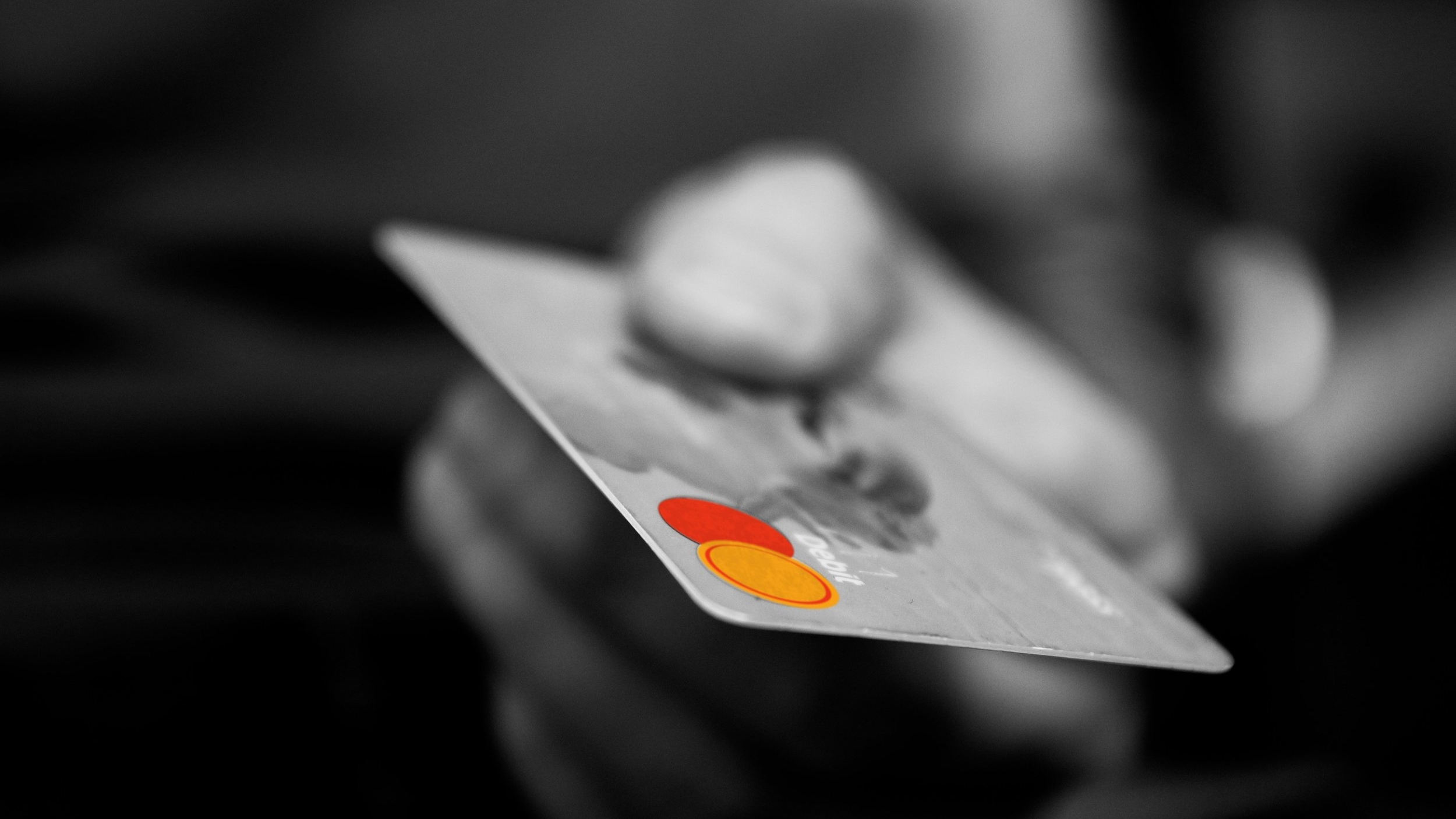
THE BIG LIFE BLOG
Dream Big. Plan Big. Live Big.
What No “Financial Advisor” Will Ever Tell You
I’ve been in the world of finance, investing, and wealth creation for since 1999 and I’ve seen a LOT of financial strategies and theories. However, what is most mind blowing to me isn’t what financial planners are saying… its what they are NOT saying!
Honestly, in most cases I don’t think that financial advisory types are misleading clients on purpose, its just they are so ignorant about how wealth creations really works that they leave out the most important concept of all… What am I talking about? Its called opportunity cost.
So what is opportunity cost anyway? You make have heard the term, but if you don’t know what it means, it could be costing you BIG TIME!
Simply put, opportunity cost starts with the idea that if you use your resources (in this case your “Dollars”) for opportunity A, you can no longer use them somewhere else (opportunity B). This acknowledges that you “missed out” on whatever opportunity B had to offer because your money had already being allocated. So there is a “cost” associated in whatever you might have done.
So why does this matter to you?
Because if you don’t consider the opportunity cost of how you grow and invest your money, you are likely costing yourself without even knowing it.
Let me give you some easy examples that I see all of the time…
Let’s say you are contributing money into a retirement plan but you also have balances on high(er) interest credit cards. All you see is that are are investing money (which sounds pretty sexy and savvy). What you are NOT seeing is how much you are “missing out on” by having to pay interest to your credit card company.
To go even deeper, let’s say you are earning 6% in your retirement plan but your credit card is at a 16% interest rate. In this case your opportunity cost is 10% (it is actually much higher if you account for fees & taxes) because they are “missing out” on saving the interest they could have “never paid”.
[The difference between the earnings of 6% and the loss of 16% = 10%]
The reason this is so incredibly damaging is that not acknowledging the opportunity cost would let you think you were earning 6% on your money when you are actually LOSING 10% on your money. In other words you are being completely deceived that you are doing the “right” thing when you are actually losing boat loads of money.
But that’s not the end of your losses… it gets worse!
Once you have missed out on the money you could have saved/made, you no longer have that money to reinvest for more gains. This means that every dollar you “missed” is more than a dollar, it is the amount that dollar could have earned if reinvested and grown throughout the rest of your lifetime…
The tragic part of all of this is that you DON’T EVEN KNOW ITS HAPPENING!
While you blissfully continue down the road of thinking you are a ‘savvy investor’ you are actually losing DOUBLE DIGITS on your money – year after year. It’s no wonder it seems so tough to get ahead.
So why don’t most advisors tell you about this?
Honestly, most of them don’t even know this concept exists, so they can’t share it with you. Beyond that, most of them won’t tell you because once you realize the REAL cost of tying up your money until retirement, you’ll probably never buy one of their products again.
This is a concept that you’ll never hear from Suzy Orman or Dave Ramsay – so what else is traditional financial planning not telling you? Find out by scheduling a time to talk with one of our wealth strategists and learning how wealth is REALLY created…
L
IKE WHAT YOUR READING? THEN YOU’LL LOVE OUR VIDEOS. YOU CAN WATCH AND SUBSCRIBE HERE>>>
Is All Debt Bad?
To many people "debt" is a worse four letter word than those other vulgar unspeakables.
In the eyes of most financial people, debt is the worst possible demon and to be avoided at all costs. Catch phrases that promote paying off your house early, never going on vacation, and always buying a used car permeate this ‘debt is the devil’ culture, and for good reason. Debt can cripple you if it is abused.
But what if I told you that there is a ‘right’ way to use debt?
In fact, what if I told you it’s possible there’s such a thing as ‘good debt’?
Unbelievable?
Those who think that all debt is bad aren’t seeing the whole picture, and that’s what I want you to see – the WHOLE picture.
In actuality, there are several types of debt. Some are pure evil and others may as well have angel wings on them.
For example, would you ever be able to buy a home without using debt? For most Americans the answer is a resounding ‘No’. In fact, most people would never be able to buy a car, start a business, or go to college without debt – and without those options, our country would be blasted back to the stone ages.
Is it true that nice houses, cars, and business or student loans can be crippling. Yes. However, if used responsibly, that debt can also repay itself a hundred fold.
So how do you know if you’re using debt for your own good, or if its digging your financial grave?
Here’s a simply way to look at debt through the lens of financial strategy by classifying each debt as 1 of 4 possible categories:
1) Destructive Debt: This is borrowing to spend on things that are negative in almost every way. It includes gambling, drugs, alcohol, illegal activities and more. You should NEVER borrow money for these things. Period.
2) Consumptive Debt: This includes vacations, TV’s, the latest technology, expensive clothes, etc. These are all things that are nice to have, but unnecessary for anything other than pure enjoyment. You should absolutely purchase the things or experiences that help you enjoy life, but you should NEVER borrow or them. It’s a recipe for disaster. Instead, implement a savings plan to purchase them guilt free and sleep well knowing you are living within your means!
3) Protective Debt: This primarily includes insurances for home, care, health, life, and your business(es). These are all important items because they protect you from losing big when life throws you a curveball, but if you are borrowing to pay them, you are digging yourself a hole that may never end.
4) Productive Debt: This is the good stuff and includes education, personal development, business loans, and even car or home loans. But not every loan under the categories listed qualifies, so it can be a little bit tricky. Here is the test. Ask yourself, “In the long run, will the education or advantage I receive from the product or service I’m purchasing make me MORE money than it is costing me?” In other words, could this purchase qualify as an “investment” that will create more income than it costs? If the answer is ‘Yes’ it qualifies. If not, it is likely a consumptive expense and should be paid for in cash.
The underlying concept here is “Opportunity Cost” (which I will discuss in an upcoming article) and requires the understanding of the unseen costs of any purchase.
So before you make purchases in the future or take on any debt, take the time to ask yourself what type of debt/purchase it might be, and then act accordingly.
If you have further questions on this topic, comment below or contact our office to schedule an appointment to gain more clarity.
LIKE WHAT YOUR READING? THEN YOU’LL LOVE OUR VIDEOS. YOU CAN WATCH AND SUBSCRIBE HERE>>>



